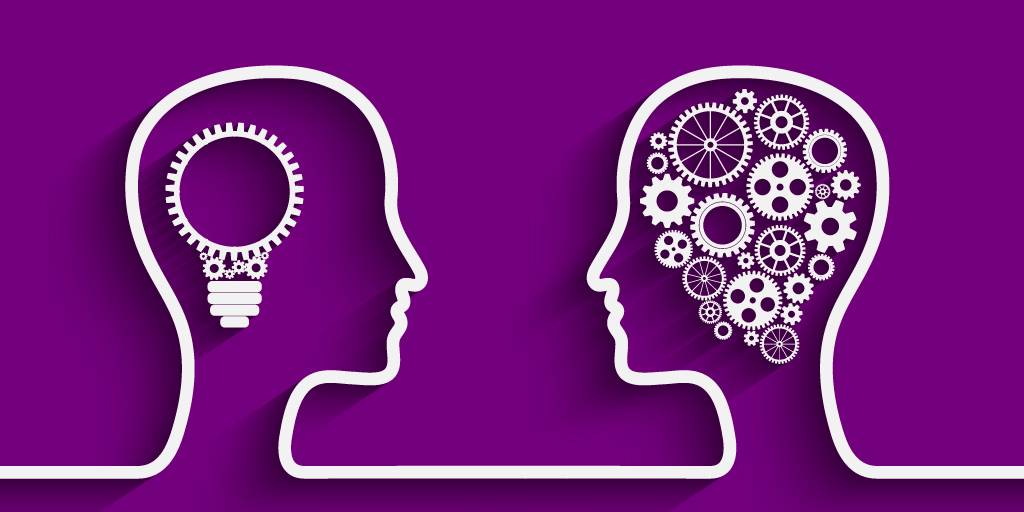
There are clearly some potential barriers for teachers as they seek student input into their lesson design and curricular choices. It can feel overwhelming on the teacher’s end, and might be considered just one more thing for them to think about. It can be hard to trust that the students will actually be good co-pilots on the learning journey—even if all the desire in the world is present, it might be hard to know how to actually put it all into action.
Fortunately, we have a few models we can look to that will assist us in how this can look in the classroom. These concepts might seem divergent and like squeezing a round peg into a square hole, but even so, I think the philosophies are definitely worth considering for every teacher.
Montessori Teaching
This is an ironic term because in a Montessori classroom, teaching looks much different than it does in a traditional setting. Education researcher and philosopher Maria Montessori spent her career observing students to see how they learned best and what they responded to in their environment. Her research is tied closely to the developmental stages of children. Misconceptions of what Montessori education really means causes many K-12 teachers to dismiss the methodology. Because Montessori learning is more common in early childhood classrooms, some teachers might assume that it is not relevant for older students.
This is not accurate. It looks different, but Montessori learning can occur at any age. Instead of being an expert in the content, the teacher works and learns alongside the student. The teacher’s main job is to prepare the environment for learning in a hands-on manner and then observing how the student responds to the learning opportunities, which is not much different than what we see in many project-based learning classrooms.
It is the student-centered nature of the educational philosophy that should draw teachers in. Even if it isn’t possible to teach with this exact methodology, it’s possible to engage and observe our students in how they learn. Through this observation, we can move to facilitate learning more than dispersing learning in our classrooms. I would encourage any educator who is passionate about personalizing learning to visit a Montessori classroom—a great deal can be learned by doing this.
Visible Learning
On the other end of the research spectrum is John Hattie. Montessori based all of her research on observing the student’s learning and responding in course. Hattie, on the other hand, focuses all of his research on student achievement data—never really observing a student, but instead measuring how much individual strategies impact student test scores.
So, how does this apply to personalized learning? Hattie’s mantra of “know that impact” is focused on the benefit (demonstrated by student achievement) for our students. If there isn’t a positive impact for students, we shouldn’t do it. This comes from a different angle than Montessori, but in much the same manner. Consider if kids are benefitting from the strategy, system, or intervention. If they are, do it more; if they aren’t, do something else. But in the end, always know the impact that you are having in what you are doing.
And as previously discussed, input and feedback from students through this process is essential. We cannot really measure our impact well unless we have feedback. That feedback can come from test scores, formative assessments, or from observations, but can also come from the learners themselves.
These two different approaches to how we teach students are very different. But in the end, both of them center on how we can use the learner to help us create deeper learning in the classroom. What we are hoping to achieve isn’t just making students happier with their learning—we aren’t just basing learning off student preference. It comes down to metacognition on the students’ end and how they themselves can answer the question, “Was this an effective way for me to learn the content?”
Want to get more information on technology that can help you personalize learning? Check out all of these assessment, collaborative, and small group learning solutions.>>


